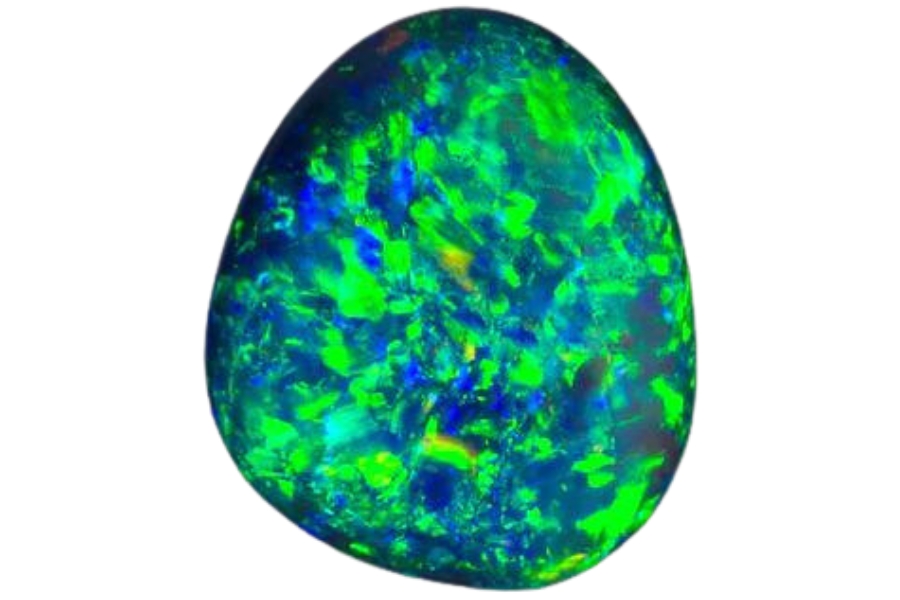Some of the most beautiful opals in the world are hidden in the hills and mountains of Idaho. These stones aren’t ordinary; they have colors that sparkle and change as the light hits them.
Idaho’s opals are often found in places where volcanoes have erupted in the past, creating the ideal conditions for these gems to grow.
Our article is your first step to discovering your Idaho opal. We’ll share the best spots to start looking, what you should bring along, and how to spot an opal in the rough.
Whether you’re a seasoned rockhound or just looking for a new adventure, our guide is here to help make your opal dreams come true. Keep reading to get all the details on how to find these hidden treasures in Idaho.
What Is Idaho Opal Anyway?
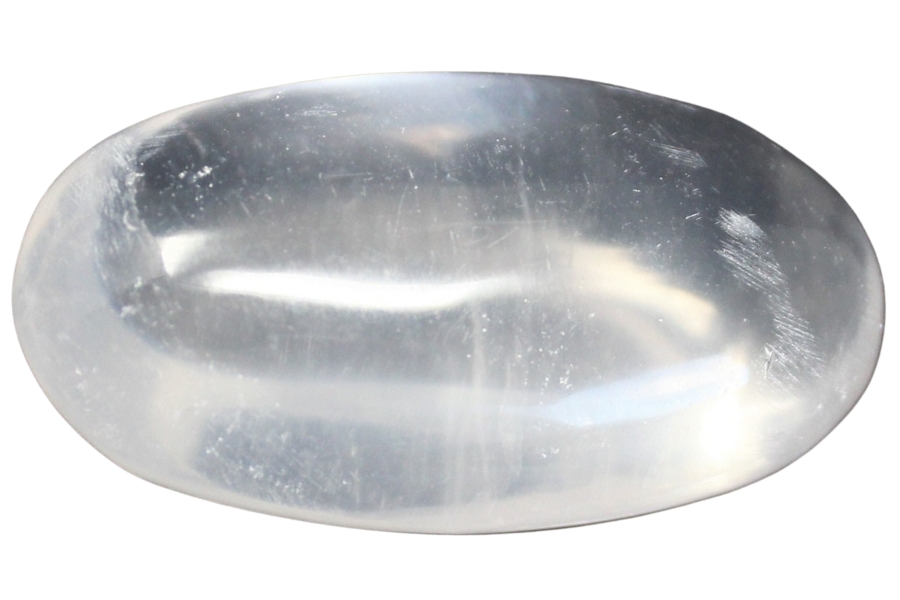
Opals are a type of valuable rock that are famous for having a wide range of colors, sometimes including every color of the rainbow.
The way these colors shimmer and change in the light makes it look like fireworks or the northern lights are inside a rock. The stuff that makes up quartz is silica, which is also what opals are made of.
But there is water inside them. This water is what makes the colors look so great. Opals can be clear, see-through, or opaque, and the background color can be almost any color between white and black.
You can find opals in many places around the world. The worth of an opal sometimes depends on where they were found. They can also be found in places where geothermal hot springs have been.
It’s possible to find opals in places where hot springs are because that’s the best way to make them. We created an article to help you identify opals in easier ways.
The Types Of Opal Found In The US
There are several incredible types of Opal that can be found in the US as well as in our state. Each is uniquely beautiful and interesting including:
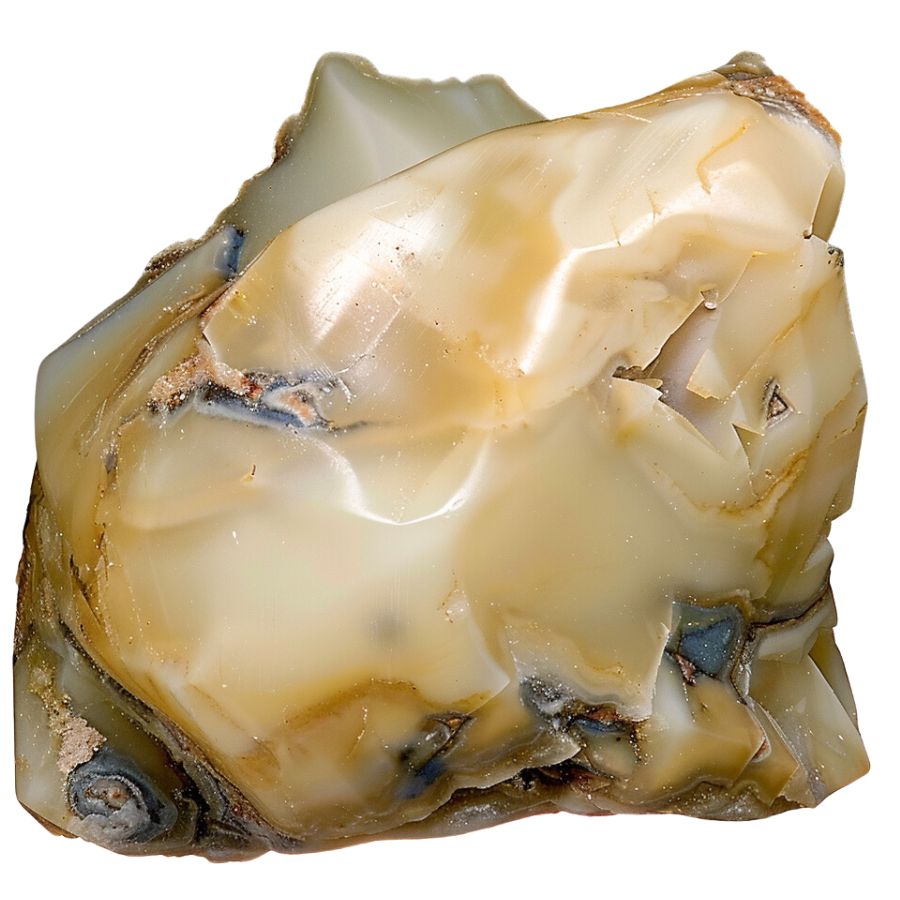
Common Opal
Common opal, also known as “potch,” stands out from other types of opal due to its lack of play-of-color, the iridescent display seen in precious opal. Instead, common opal features consistent, solid colors like white, pink, yellow, green, and blue.
It typically has a waxy to pearly luster and ranges from opaque to translucent. To identify common opal, look for its uniform color and absence of the shimmering color flashes found in precious opal.
Common opal forms under similar geological conditions as other opals, where silica-rich water seeps into rock cavities and slowly hardens over time. This process usually occurs in areas with volcanic activity or hot springs, where silica deposits are prevalent.
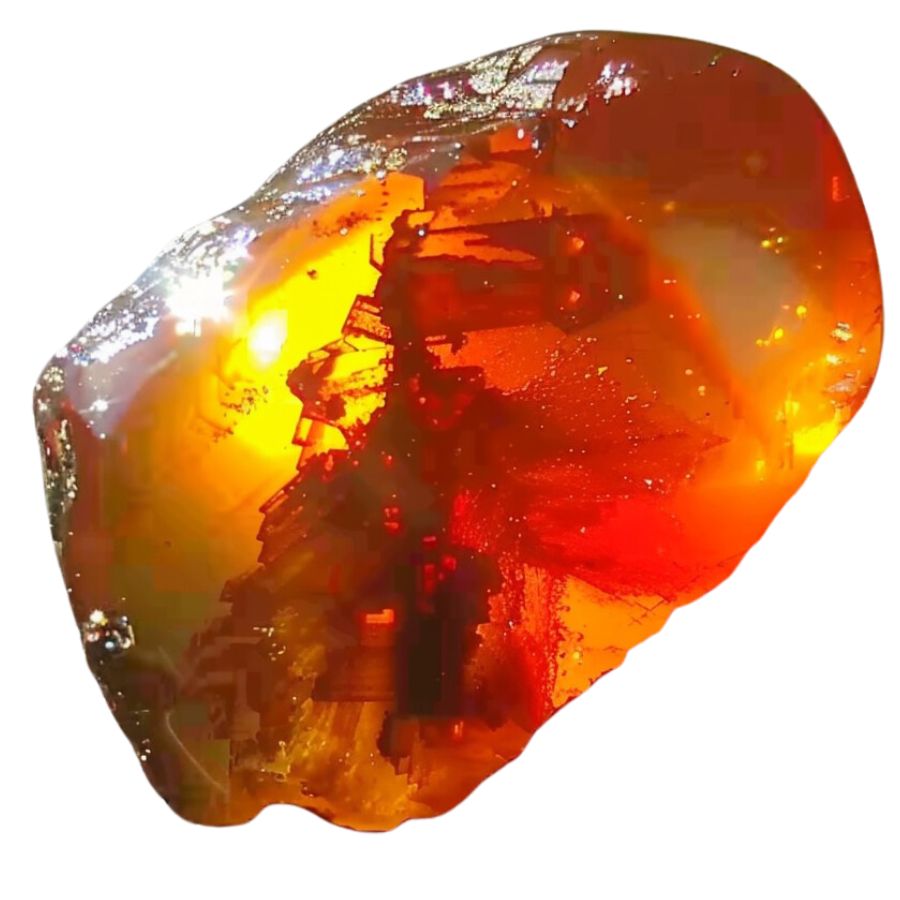
Fire Opal
Fire opal is known for its warm, vibrant colors, ranging from yellow and orange to deep red. Unlike precious opal, fire opal may or may not display the play-of-color, but its fiery body color makes it unique.
To identify fire opal, look for its bright, translucent to transparent appearance and the absence or presence of play-of-color within the warm hues.
Fire opal forms in volcanic regions where water rich in silica interacts with hot lava, filling cavities and fractures within the rock. Over time, the silica solution hardens, creating opal.
Visually, fire opal’s appeal lies in its vivid, flame-like colors that can be either uniform or exhibit internal flashes of color.
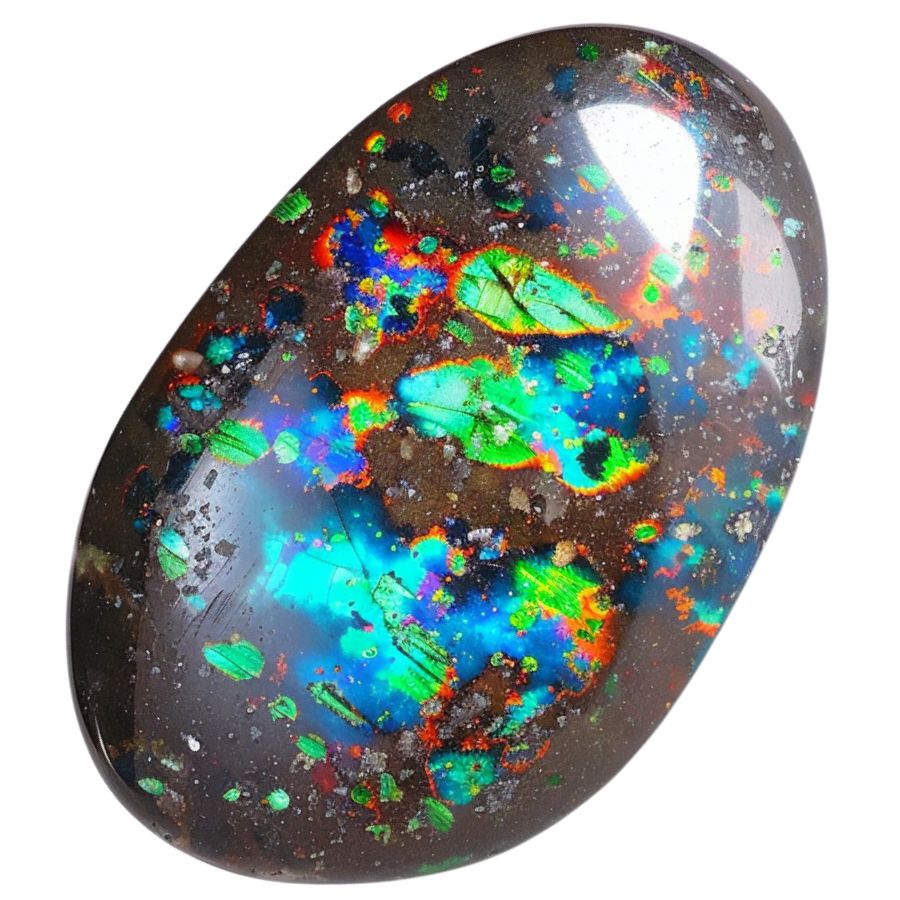
Boulder Opal
Boulder opal forms within the ironstone boulders of its host rock. Unlike other opals, boulder opal features precious opal veins intertwined with the natural rock, creating a beautiful contrast.
This opal is distinguished by its combination of colorful opal patches and the surrounding matrix, which can include ironstone or sandstone. To identify boulder opal, look for its vibrant play-of-color within the darker host rock, often showcasing brilliant blues, greens, and reds.
Boulder opal forms in sedimentary environments where silica-rich water infiltrates cracks and voids within ironstone or sandstone boulders. Over time, the silica hardens into opal, often creating thin seams or patches within the rock.
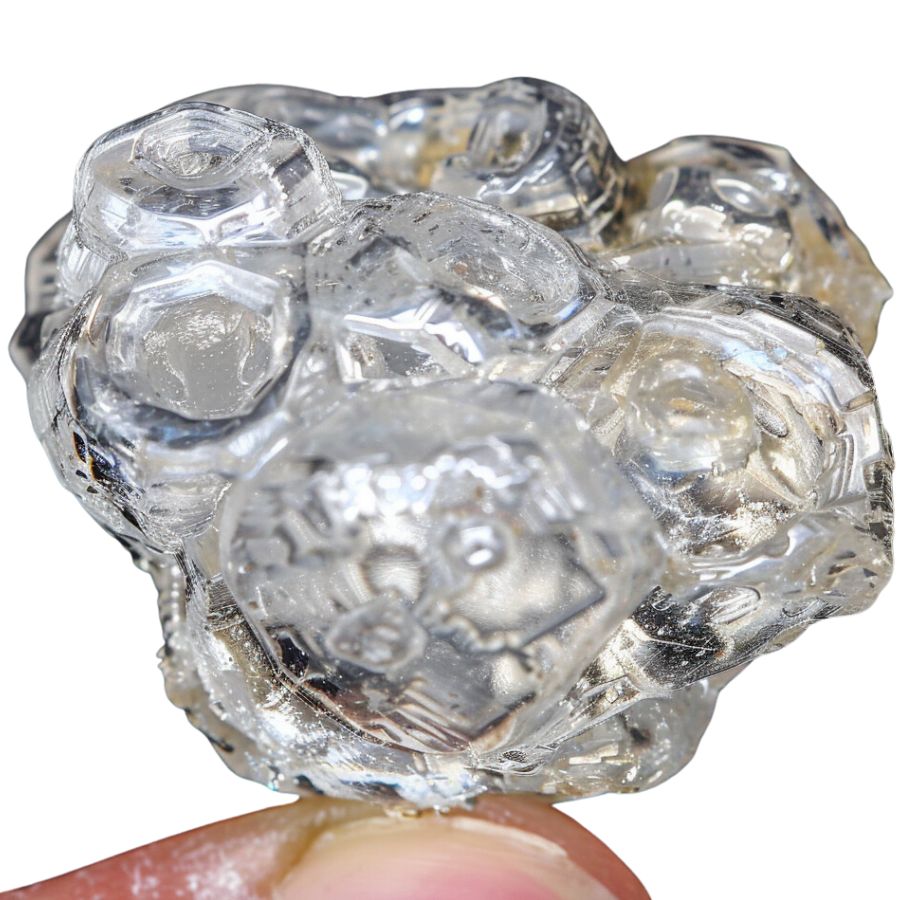
Hyalite Opal
Hyalite opal, also known as water opal, is a transparent to translucent type of opal that is distinctive for its glass-like appearance and lack of play-of-color. Unlike precious opal, which displays a rainbow-like iridescence.
You can identify hyalite opal by its clear to milky appearance, often with a slight green or blue fluorescence under UV light.
Hyalite opal forms in low-temperature hydrothermal environments, typically in volcanic regions. It precipitates from silica-rich fluids that fill cracks and voids in the host rock. This process can occur relatively quickly compared to other opal types.
Visually, hyalite opal resembles droplets of water or glass, often appearing as smooth, botryoidal (grape-like) formations. Its transparent nature makes it unique among opals, and its slight fluorescence adds to its allure.
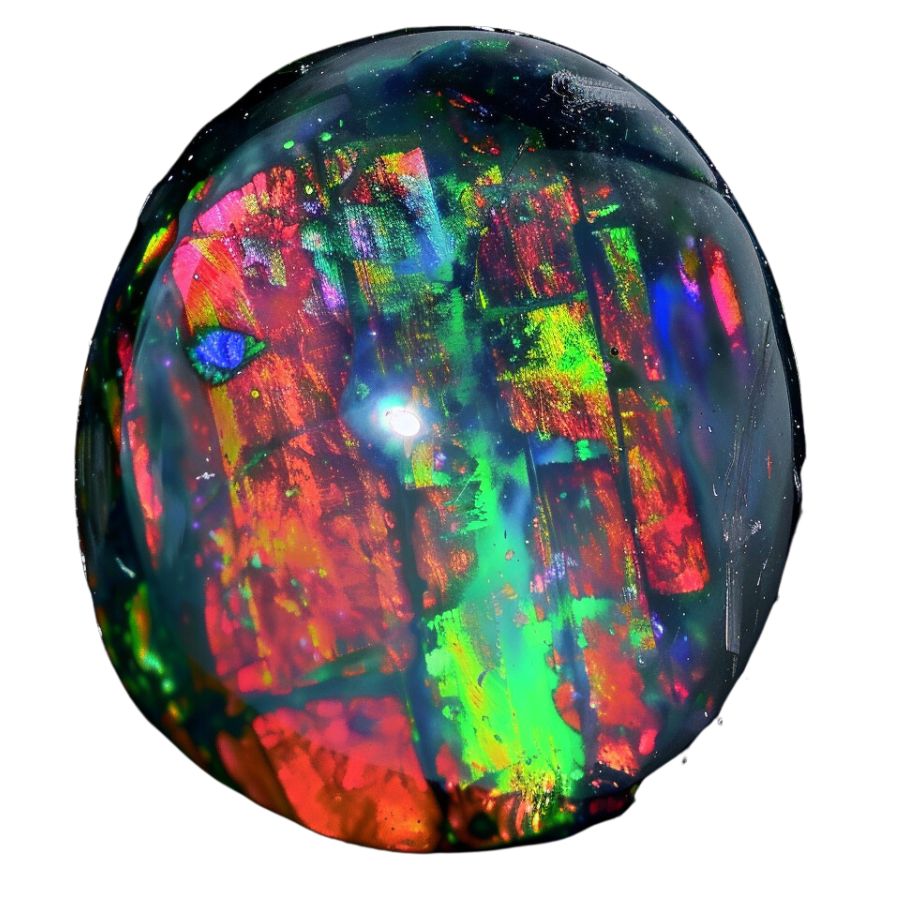
Black Opal
Black opal is a rare and highly prized variety known for its dark body tone, which enhances the vibrant play-of-color. Unlike other opals, black opal has a deep background color, ranging from dark gray to jet black, making the iridescent colors more striking.
To identify black opal, look for its intense, dark base color coupled with brilliant flashes of blues, greens, reds, and other hues.
The presence of iron and carbon contributes to its dark body color. In the United States, black opal is primarily found in the Virgin Valley of Nevada, known for its rich opal deposits.
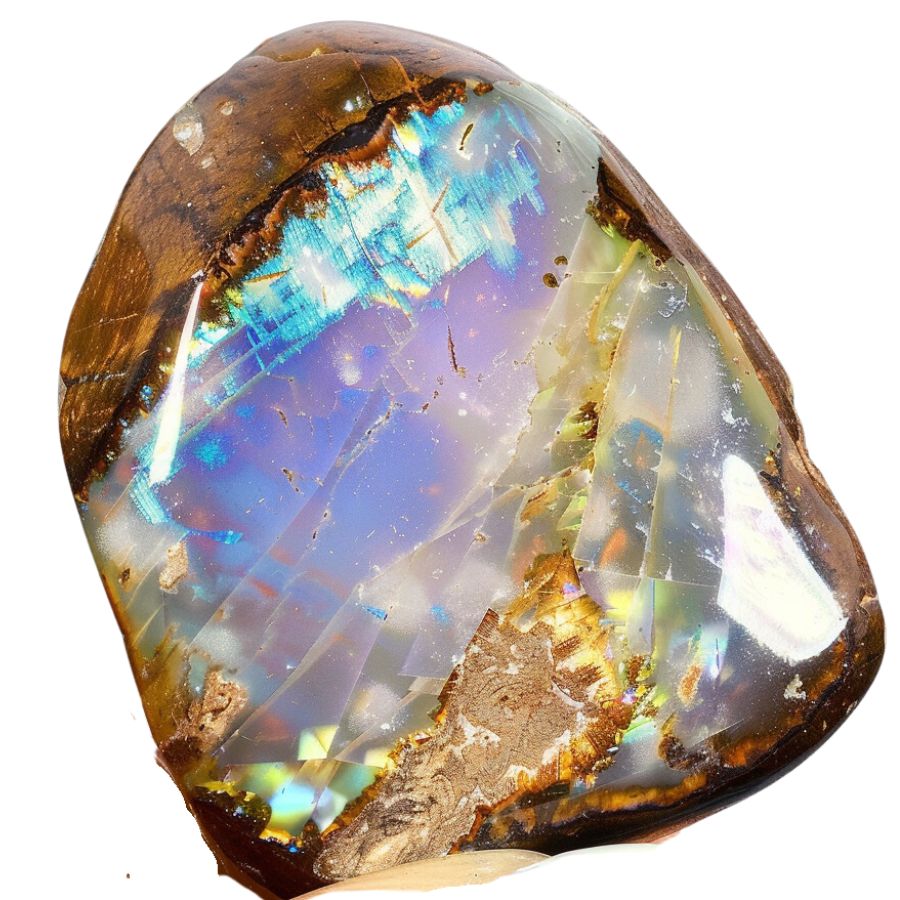
Crystal Opal
Crystal opal is known for its transparent to translucent body, which allows the play-of-color to shine through brilliantly. Unlike common opal, which is opaque, crystal opal’s clear or semi-clear nature enhances its vibrant internal colors.
To identify crystal opal, look for its see-through quality combined with flashes of color that can include blues, greens, reds, and more.
Its unique transparency sets crystal opal apart, making it a favorite among gem enthusiasts and collectors for its ethereal beauty.
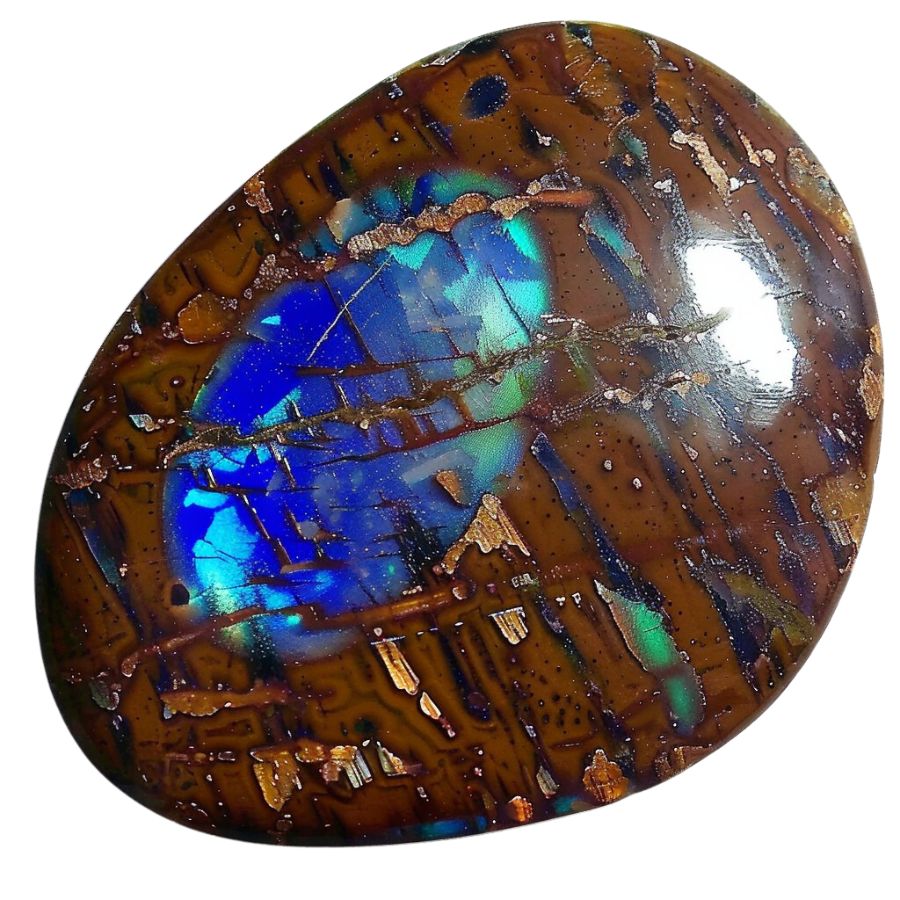
Wood Opal (Opalized Wood)
Opalized wood is a fascinating form of petrified wood where the organic material has been replaced by opal. Unlike other opals, opalized wood retains the original structure and texture of the wood, creating a unique blend of organic and mineral elements.
To identify opalized wood, look for its wood grain patterns and opalescent sheen, often displaying a range of colors from white and brown to vibrant reds and greens.
Opalized wood forms under specific conditions where wood is buried in silica-rich sediment. Over millions of years, the silica solution gradually replaces the organic wood material with opal, preserving the wood’s original structure in stunning detail.
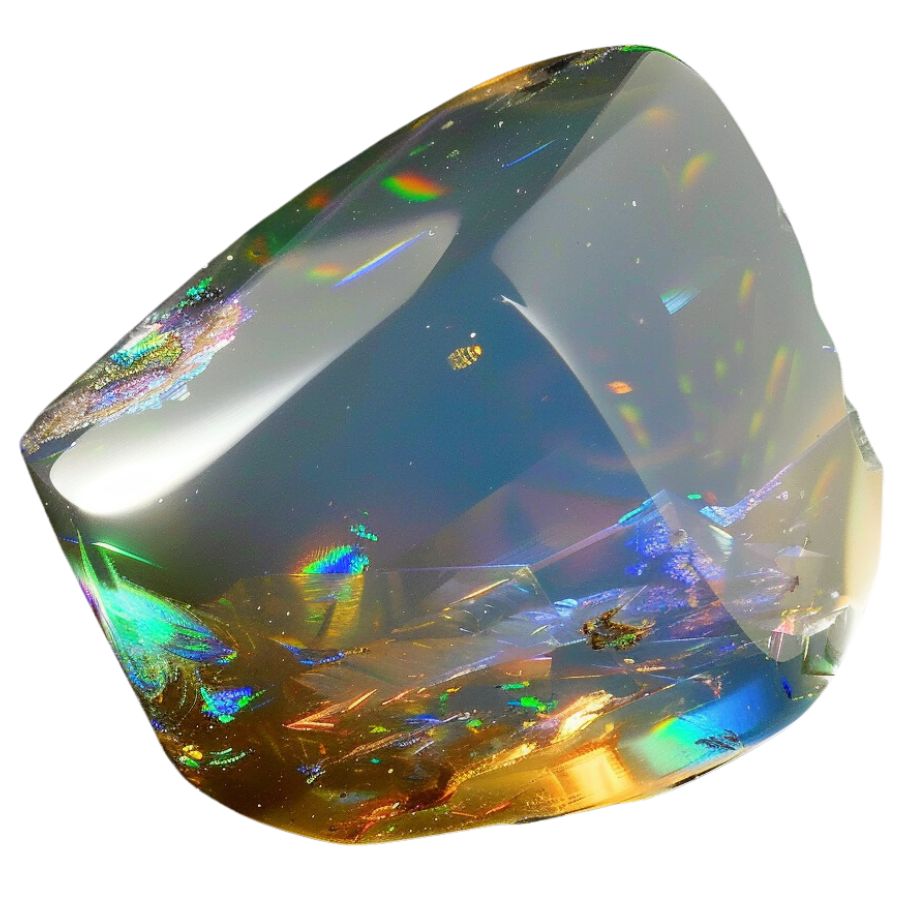
Contra Luz Opal
Contra Luz opal reveals its vibrant play-of-color when illuminated from behind. Unlike other opals, which display their colors through surface reflection, contra luz opal’s brilliance comes to life with transmitted light.
To identify contra luz opal, hold the gem against a light source and observe the internal flashes of color, which can include vivid reds, blues, greens, and purples.
This opal forms in volcanic environments where silica-rich water infiltrates cracks and cavities in the host rock. As the water evaporates, it leaves behind silica deposits that eventually solidify into opal.
Visually, contra luz opal appears nearly clear or milky when viewed without backlighting. However, when backlit, it displays stunning, colorful patterns that seem to glow from within.
What Rough Opal Looks Like
When you’re out looking for rough opal on your own it’s important to know what you’re looking for.
DON'T MISS OUT ON ANY GREAT FINDS!
While you're out searching for Geodes you're going to find a lot of other interesting rocks and minerals along the way. The last thing you want to do is toss out something really interesting or valuable. It can be easy to misidentify things without a little guidance.
We've put together a fantastic field guide that makes identifying 140 of the most interesting and valuable rocks and minerals you will find REALLY EASY. It's simple to use, really durable, and will allow you to identify just about any rock and mineral you come across. Make sure you bring it along on your hunt!
This is what you need to look out for:
Look for exteriors like this
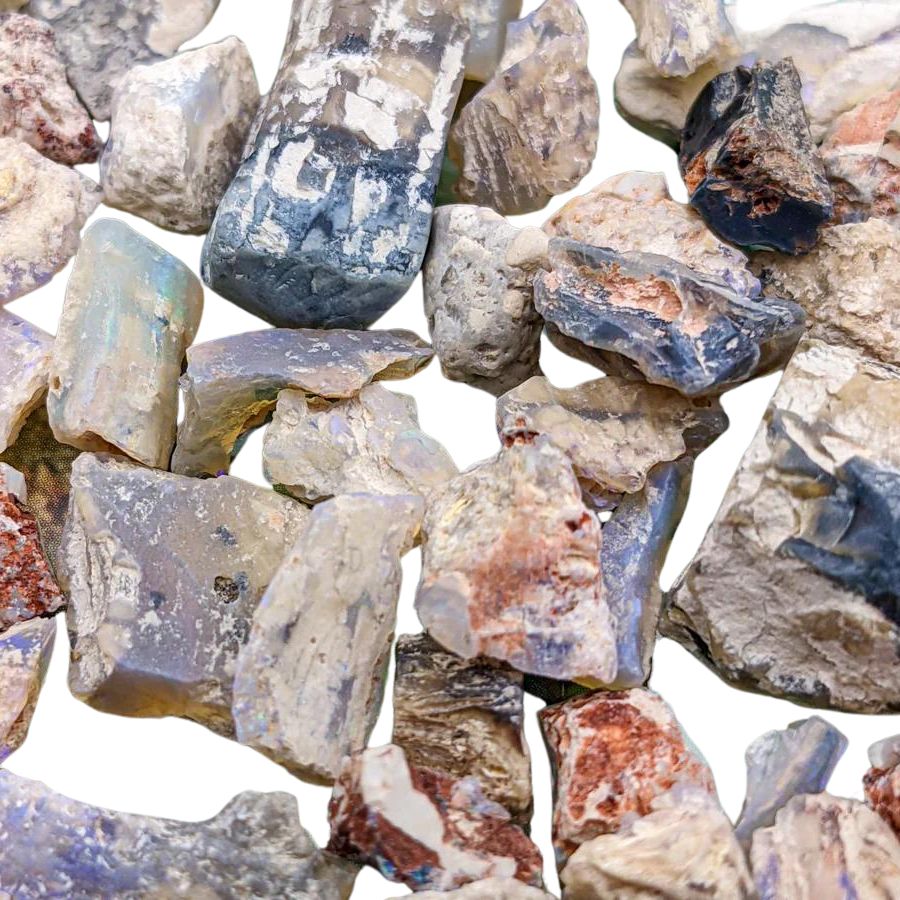
Look for play-of-color
Opal can display a range of colors, but what sets precious opal apart is its play-of-color—vivid flashes of multiple colors that change with the angle of light. Even in rough form, you might see hints of these colors peeking through.
Common opal lacks this feature and typically appears as a solid color like white, blue, or pink.
Check for a glassy or waxy luster
Opal often has a distinctive glassy or waxy luster. When you find a potential opal, examine its surface.
It should look shiny and smooth, almost like glass, even if it is still encased in a matrix or rough exterior.
Assess the density and weight
Opal is generally lighter than rocks of a similar size. When you pick up a piece of rough opal, it should feel lighter than expected.
Additionally, opal is relatively soft, with a Mohs hardness of 5.5 to 6.5, so it can be scratched more easily than quartz or other harder minerals.
A Quick Request About Collecting
Always Confirm Access and Collection Rules!
Before heading out to any of the locations on our list you need to confirm access requirements and collection rules for both public and private locations directly with the location. We haven’t personally verified every location and the access requirements and collection rules often change without notice.
Many of the locations we mention will not allow collecting but are still great places for those who love to find beautiful rocks and minerals in the wild without keeping them. We also can’t guarantee you will find anything in these locations since they are constantly changing.
Always get updated information directly from the source ahead of time to ensure responsible rockhounding. If you want even more current options it’s always a good idea to contact local rock and mineral clubs and groups
Tips on where to look
Once you get to the places we have listed below there are some things you should keep in mind when you’re searching:
Search in Sedimentary Rock Formations
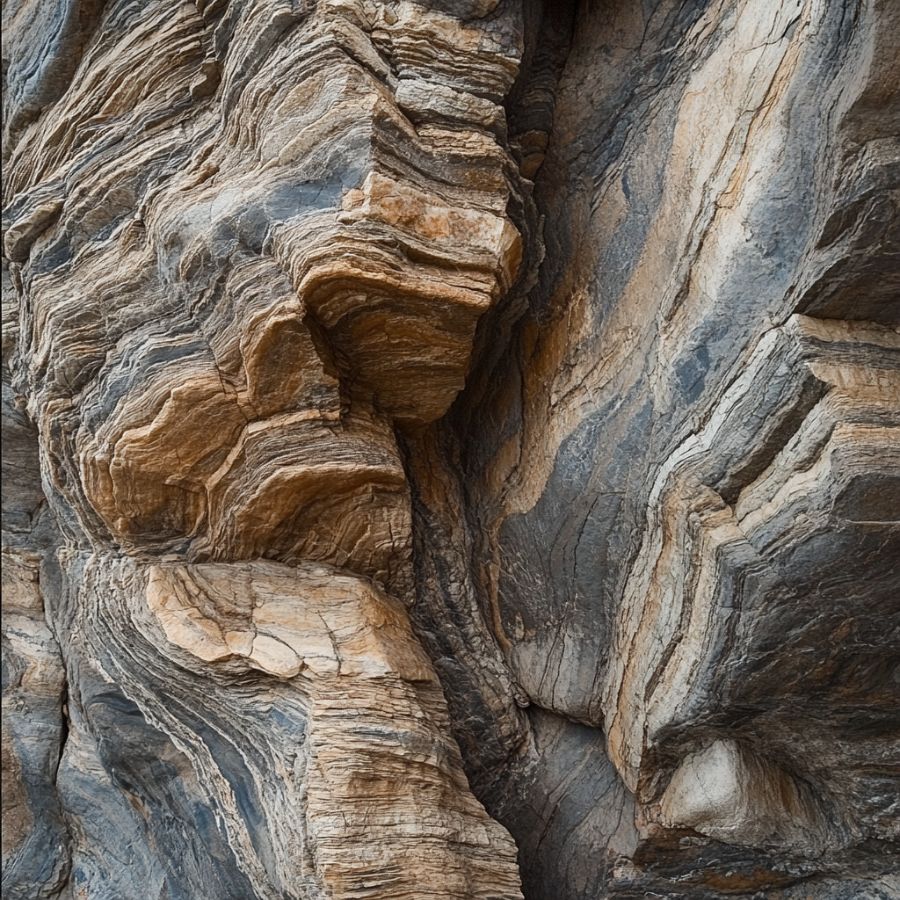
Opal can also form in sedimentary rock formations where silica deposits have accumulated over time.
Focus on areas with ancient lake beds or clay deposits, as these environments are conducive to opal formation.
Check Dry Creek Beds and Gullies
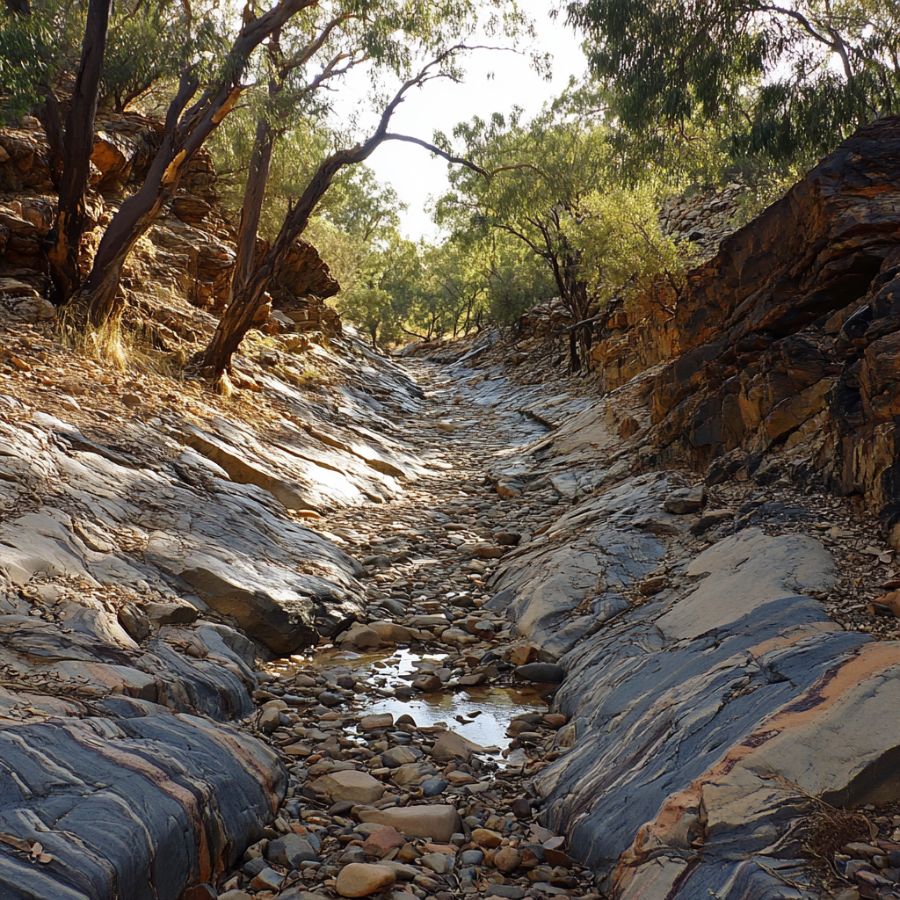
Dry creek beds and gullies can be excellent places to find opal, as water flow can erode and expose opal-bearing rocks.
Look for exposed rock and gravel in these areas, especially after rainfall or seasonal flooding.
Investigate Old Mining Sites
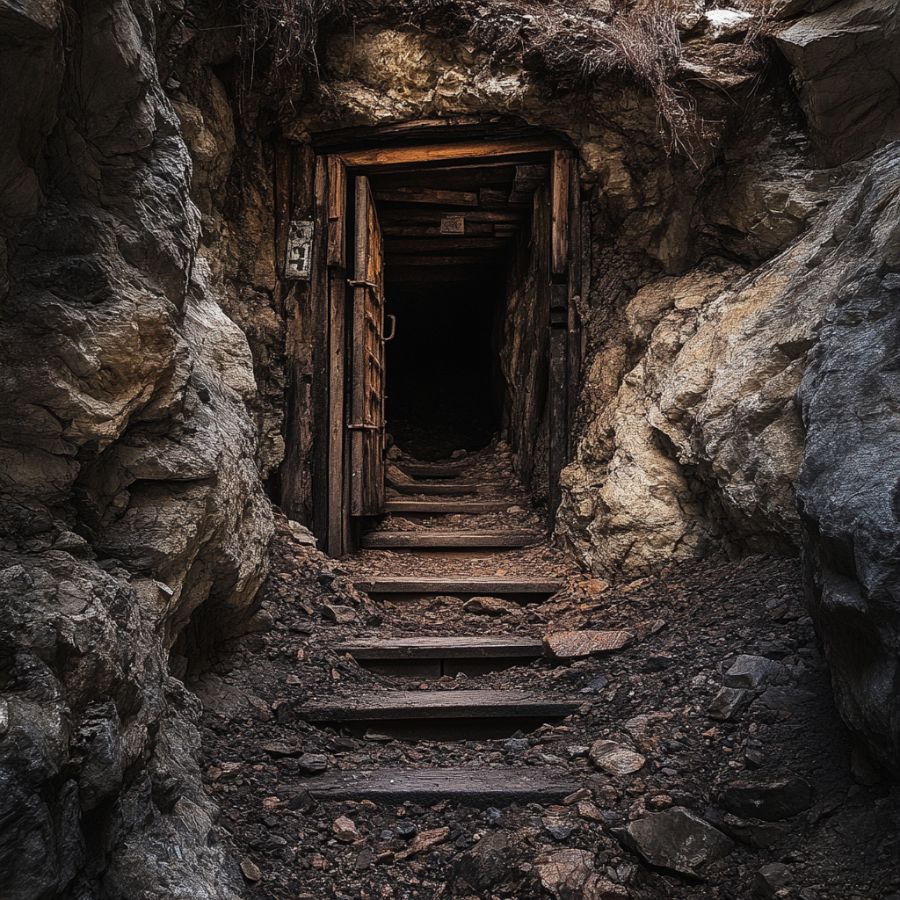
Abandoned or historical mining sites can be rich in opal and other minerals. These areas often have tailings and discarded rock that may still contain opal.
Always seek permission if the land is privately owned and follow safety guidelines.
Look for Indicator Minerals
Certain minerals can indicate the presence of opal. Look for rocks and soil containing ironstone, sandstone, or clay, as these materials often coexist with opal deposits.
Additionally, finding quartz or chalcedony can suggest nearby opal.
- The deep experience and understanding of our team about the area
- Recommendations from local groups and clubs
- How easy it is to get the a particular location
- Safety and potential hazards when collecting
- Weighing private and public locations
- The ability for both experienced and novice geode enthusiasts to find great samples
With these factors in mind we’ve been able to put together a fantastic list that just about anyone can use!
The Best Places To Find Opal in Idaho
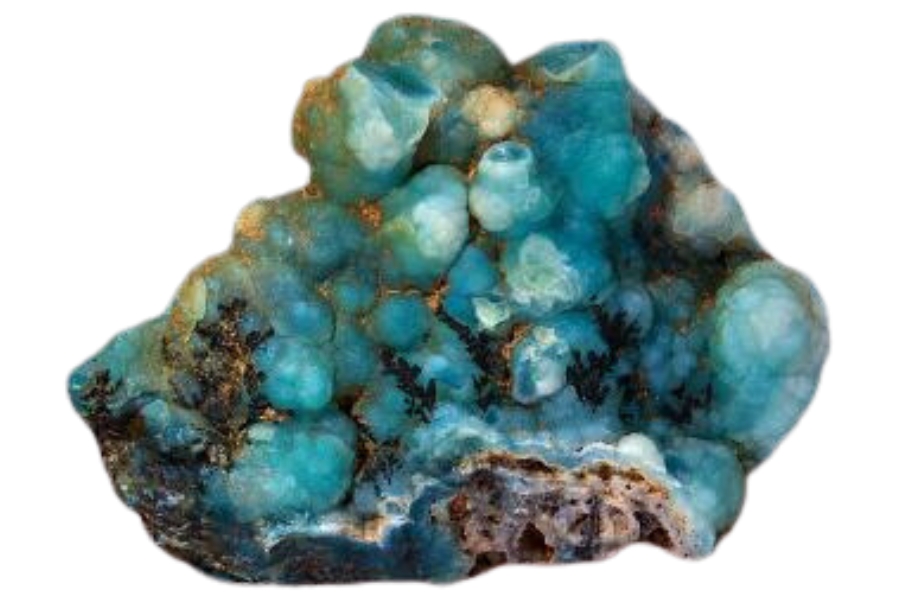
Let’s talk about the best places in the state to find opal. There are several locations to find gems in Idaho, but only a few are good for opal. Many people don’t know about these spots, but they’re great for looking!
Always Confirm Access and Collection Rules!
Before heading out to any of the locations on our list you need to confirm access requirements and collection rules for both public and private locations directly with the location. We haven’t personally verified every location and the access requirements and collection rules often change without notice.
Many of the locations we mention will not allow collecting but are still great places for those who love to find beautiful rocks and minerals in the wild without keeping them. We also can’t guarantee you will find anything in these locations since they are constantly changing.
Always get updated information directly from the source ahead of time to ensure responsible rockhounding. If you want even more current options it’s always a good idea to contact local rock and mineral clubs and groups
Camas Creek
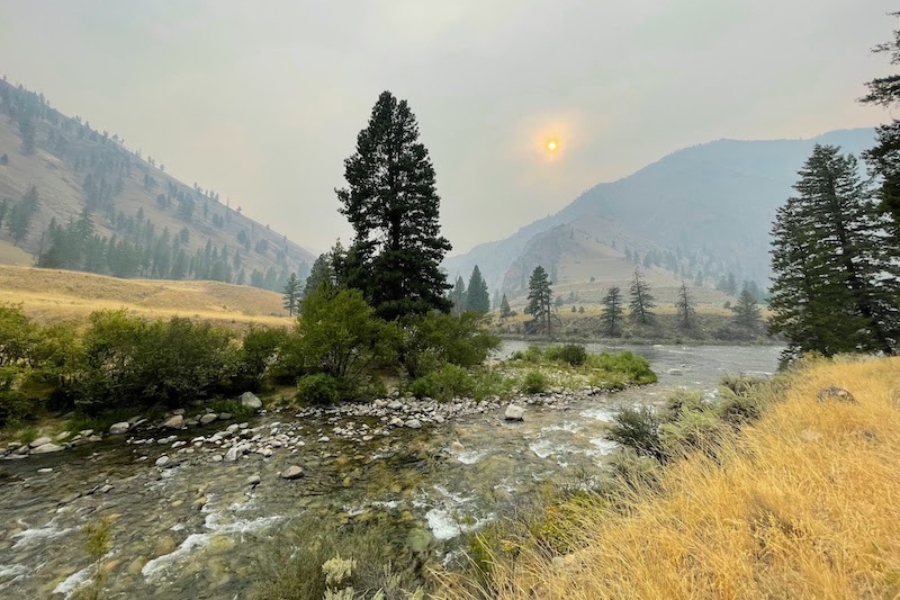
People who want to find their opals will love Camas Creek in Idaho. It’s like a secret gem. Many, many years ago, hot lava flowed through this area and changed the landscape. It’s part of Idaho’s volcanic past.
Opals could form because of the conditions left behind when the lava cooled down. The earth moved, and water ran over time, which helped bring these sparkling stones to the surface, where we can find them.
The area around Camas Creek is unique for people looking for opals because it has a lot of layers of volcanic ash. In these layers, opals like to grow in secret.
Since the creek has eaten away some ground, you don’t have to dig as deep to reach the layers. Therefore, it’s known as a good spot to begin your search.
Before you bring anything back from Idaho, ensure you know the most up-to-date rules for gathering.
Where we found opal at Camas Creek
You can walk along the creek and watch for signs of these beautiful stones in volcanic ash layers.
DON'T MISS OUT ON ANY GREAT FINDS!
While you're out searching for Geodes you're going to find a lot of other interesting rocks and minerals along the way. The last thing you want to do is toss out something really interesting or valuable. It can be easy to misidentify things without a little guidance.
We've put together a fantastic field guide that makes identifying 140 of the most interesting and valuable rocks and minerals you will find REALLY EASY. It's simple to use, really durable, and will allow you to identify just about any rock and mineral you come across. Make sure you bring it along on your hunt!
Clover Creek
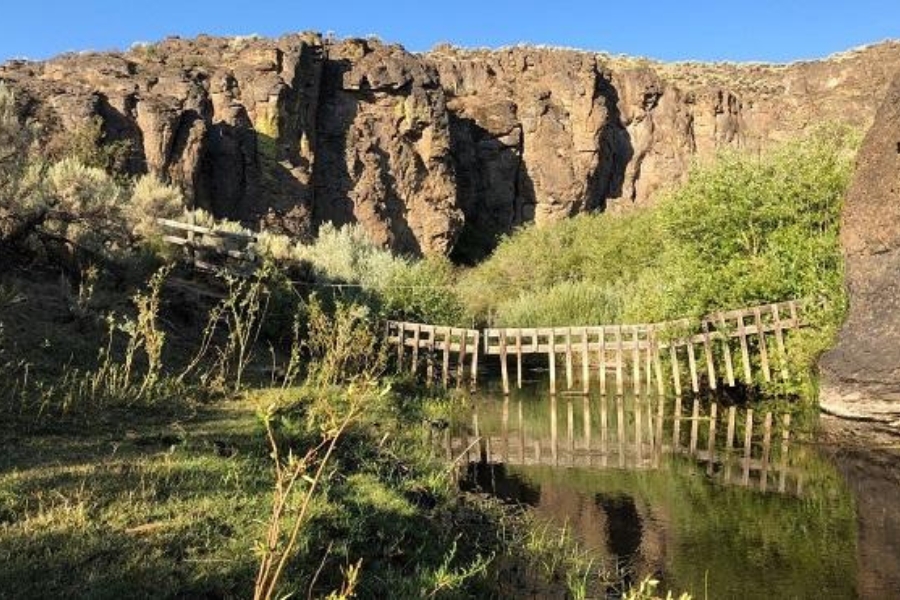
Another cool place to look for opals is in Clover Creek. While this creek isn’t as big as some other well-known spots, it has its unique charm and is famous for the valuable stones that are said to be found there.
There have been volcanic action in Clover Creek in the past. Volcanoes exploded a long time ago and left behind ash and lava. These conditions took just over a very long time for opals to form.
Clover Creek isn’t as well-known as some other spots, so it’s not as busy. Since not as many people are looking for opals here, you might have a better chance of finding one.
Because it’s close to a peaceful creek and surrounded by stunning Idaho scenery, it’s a nice place to go opal hunting with family or friends.
Where we found opal in Clover Creek
The opals are hidden at the edges of the creek. The water in Clover Creek has slowly washed away layers of rock and soil, making it a great place to look for opals.
This means that some opals could be near the water, just below it, or mixed in with the gravel on the shore.
Snake River
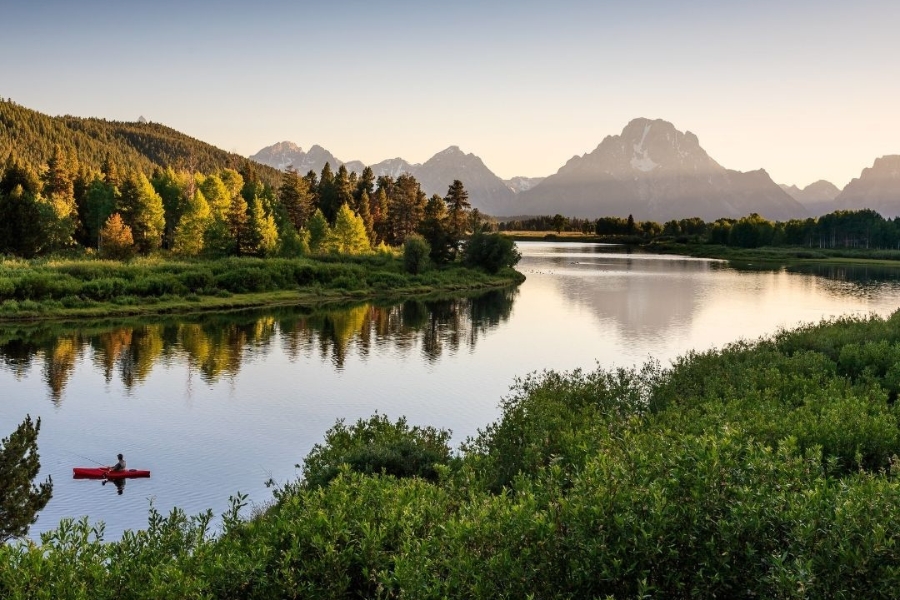
Snake River flows through a landscape full of interesting rocks. This is also a great place to look for opals. The river is very big and goes through many different areas of the state, giving opals many places to hide.
A long time ago, volcanic eruptions covered this area with ash and lava. Over time, this made it the best place for opals to grow. The Snake River has worn away at the volcanic rock, showing hidden spaces where the valuable stones may be waiting.
The thrill of the hunt for opals along the Snake River is one of the best things about it. People aren’t as likely to pick over it as they might be at smaller, busier spots.
You might find an opal, and you can also enjoy the great outdoors and the beautiful views along the Snake River. It’s like a prize hunt in the middle of a picture-postcard view.
Where we found opal at Snake River
You can walk along the river’s edge or dig through the sand and gravel on the banks. New specimens can be found as the water moves and flows down the river. Also, the area is very big, and along the river, there are lots of cool places to visit.
Spar Canyon
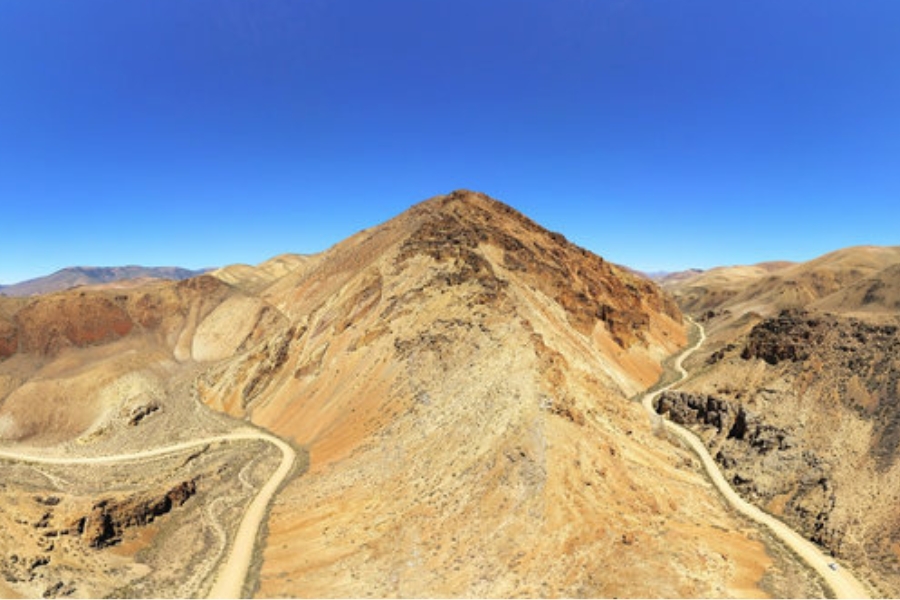
Another great place for opal hunters to try their luck is Spar Canyon, which is spread out in the wild middle of Idaho. Because the canyon has steep walls and rocky ground, it might look hard to explore.
But that’s exactly what has kept the opals hidden and safe for people eager to find them. A long time ago, the area was a volcano hotspot. It was this volcanic history that made it possible for opals to form here.
Amazingly, Spar Canyon has a variety of beautiful scenes. There are different types of opals in the area because of the other rocks and minerals.
Plus, since it’s not as well-known as some other spots, you may have the whole place to yourself, giving you peace and room to look.
This makes it an exciting place to visit, especially for treasure hunters who like to take on new challenges. Plus, being in a place so wild and beautiful makes looking for Idaho’s secret gems even more exciting.
Where we found opal at Spar Canyon
You can carefully look on the ground or chip away at the canyon walls where layers of ash and minerals have settled over time to find opals in Spar Canyon.
Spencer Opal Mine
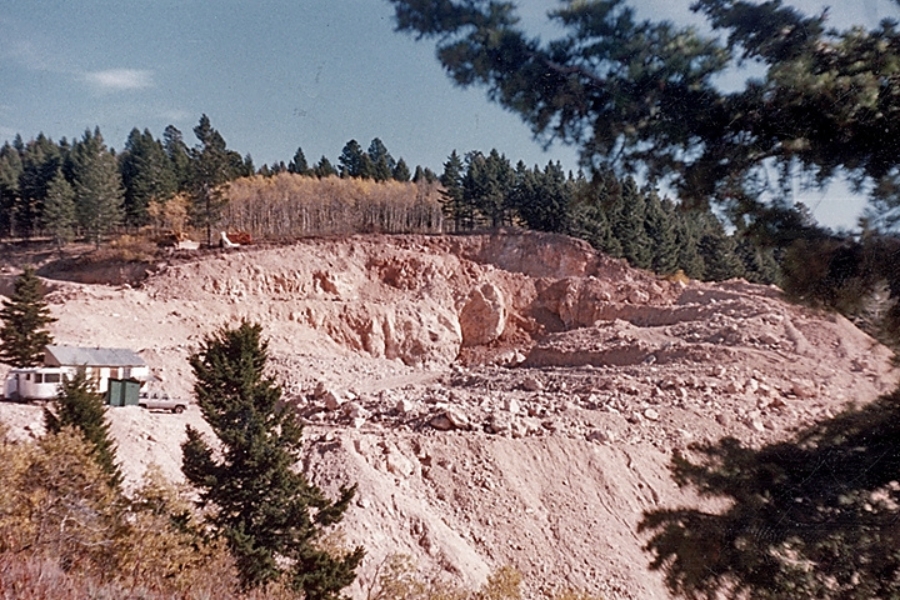
People all over Idaho know Spencer Opal Mine as the best place to dig for opals. You can go into this mine and start looking for these bright gems immediately if you pay a small fee and bring some digging tools.
It’s built on top of a lava flow. This is very important because the conditions made by old lava are ideal for making opals, and Spencer Opal Mine is full of them.
It’s one of the few places that let you dig for opals on a “finders, keepers” basis. Within the mine, you can find opals buried for millions of years.
Additionally, the opals are bigger and more numerous in this mine than other locations. Visitors of all ages and levels of skill can enjoy themselves here.
Where we found opal at Spencer Opal Mine
Opals can be found in the tailings, or waste piles, of the Spencer Opal Mine. These are the things that were left over from business mining. Most opal at Spencer is found in rhyolite, a volcanic rock.
Other Great Places To Find Idaho Opal
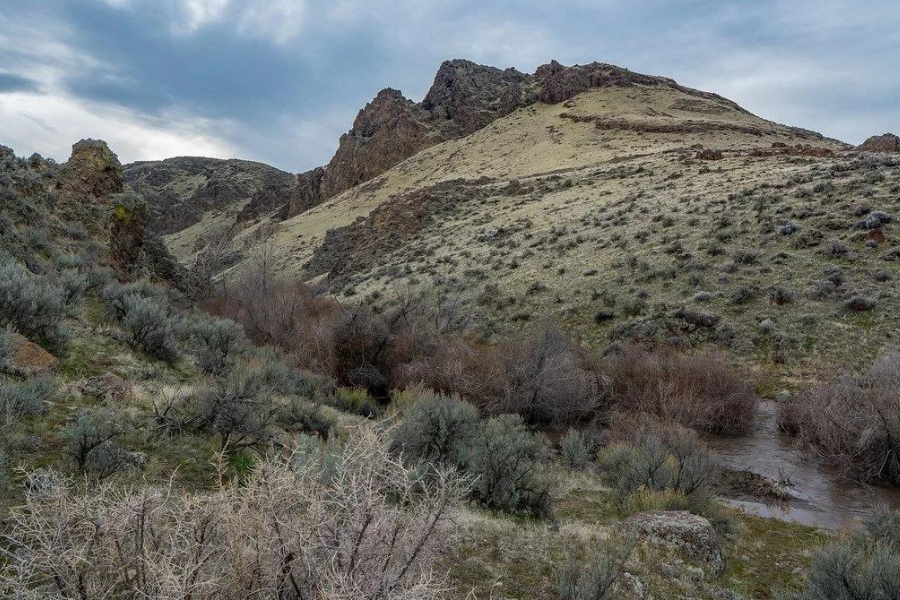
After we talked about our choices, we were going to talk about the other places on our list. There are now more places where each idea worked for us than before. They are grouped by county below.
Our recommendations by county
| County | Location |
| Canyon | Marsing area, Graveyard Point |
| Clark | Opal Mountain Mine |
| Gem | Emmett area, Horseshoe Bend |
| Kootenai | Setters area land surfaces |
| Latah | Moscow area, decomposed basalt exposures |
| Lemhi | Panther Creek Valley |
| Nez Perce | Lewiston area, downstream to gravel pits at Silcott |
| Owyhee | Brace Brothers Ranch |
| Owyhee | Castle Creek |
| Owyhee | Squaw Creek Canyon |
Common Opal-Hunting Questions
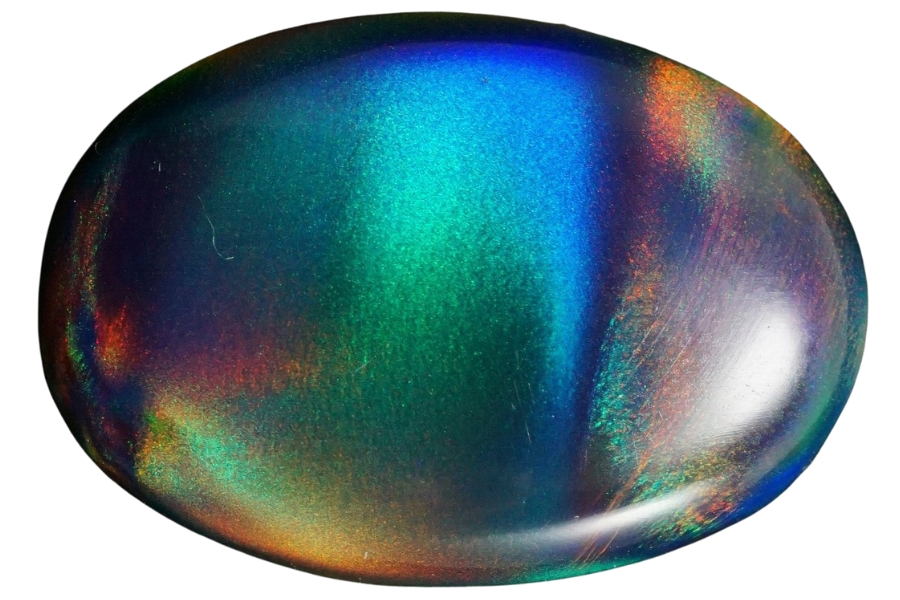
If someone wants to know where to find opal in Idaho, they often ask the following:
Is it illegal to collect opal in Idaho?
Collecting opals in Idaho is not illegal as long as you do it in places designated for the public to collect, where you pay a fee to dig for the day and keep what you find.
There are also other public lands where rockhounding is allowed, but it’s important to know the rules and regulations before you start.
Rockhounding for fun is usually allowed on public lands controlled by the Bureau of Land Management (BLM) and the United States Forest Service.
People can often get small amounts of rocks and minerals from these places without a pass. If you’re on private land, though, you need permission from the area’s owner to collect minerals like opals.
It’s always against the law to collect on private land without permission, in National Parks, or in other places that are protected or set aside for scientific study.
Before you go opal hunting, know the laws and rules of the place you want to visit and get any permits you may need. Also, remember to “Leave No Trace” to protect the environment as much as possible.
The Best Places To Buy Opal In Idaho
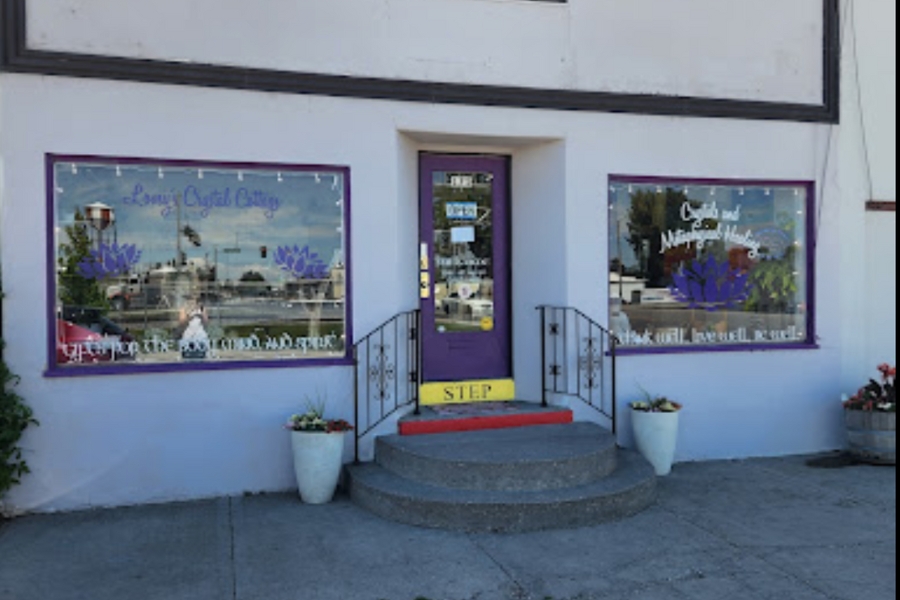
Some people don’t like having to work hard and get dirty to find opal outside. This list is for you if you don’t want to do that.
Here are a few of our favorite places to find and buy opal in the area:
- Earthlight Minerals & Gifts – 6437 W Fairview Ave, Boise, ID 83704, United States
- Granite Mountain Nature Gallery – 305 Park St Ste A, McCall, ID 83638, United States
- Idaho Bling Bling – 2071 E 17th St, Idaho Falls, ID 83404, United States
- Lovey’s Crystal Cottage – 175 S Eastern Ave, Idaho Falls, ID 83402, United States
- Yellowstone Gem World – 116 N Bridge St, St Anthony, ID 83445, United States

